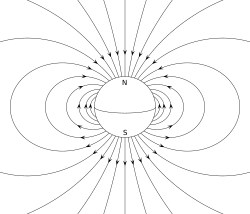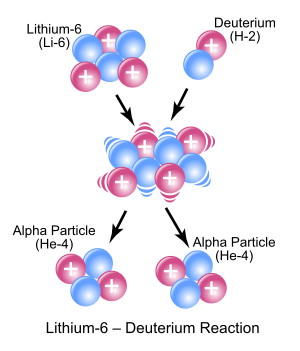1913 ⟶ Concept of Isotopes Proposed
Frederick Soddy proposes the concept of isotopes, that eleme...Year
1912
1913
1940
1941
💧 Concept of Molecular Dipole
Peter Debye develops the concept of molecular dipole to describe asymmetric charge distribution in some molecules.⟶

Molecular DipolePolarityMolecular StructurePhysical ChemistryPeter DebyeChemical BondsEarly 20th Century Chemistry
 Switzerland
Switzerland⚛️ Concept of Isotopes Proposed
Frederick Soddy proposes the concept of isotopes, that elements with the same chemical properties may have differing atomic weights.⟶

IsotopesRadioactivityFrederick SoddyNuclear ChemistryAtomic PhysicsEarly 20th Century Chemistry
 United Kingdom
United Kingdom🔢 Atomic Number Concept Introduced
Henry Moseley, working from Van den Broek's earlier idea, introduces concept of atomic number to fix inadequacies of Mendeleev's periodic table, which had been based on atomic weight.⟶

Atomic NumberPeriodic TableHenry MoseleyAtomic PhysicsChemistryPeriodic LawEarly 20th Century Chemistry
 United Kingdom
United Kingdom🔢 Atomic Number Defined
Henry Moseley: defined atomic number⟶

Atomic NumberMoseleyPeriodic TableAtomic PhysicsChemistryEarly 20th Century Chemistry
 United Kingdom
United Kingdom🧪 Edwin McMillan and Philip H. Abelson Identify Neptunium
Edwin McMillan and Philip H. Abelson identify neptunium, the lightest and first synthesized transuranium element, found in the products of uranium fission. McMillan would found a lab at Berkeley that would be involved in the discovery of many new elements and isotopes.⟶

Nuclear ChemistryTransuranium ElementsNeptuniumEdwin McMillanPhilip H. AbelsonRadioactivityAtomic Physics1940s
 United States
United States⚛️ Glenn T. Seaborg Begins Work on New Atomic Nuclei
Glenn T. Seaborg takes over McMillan's work creating new atomic nuclei. Pioneers method of neutron capture and later through other nuclear reactions. Would become the principal or co-discoverer of nine new chemical elements, and dozens of new isotopes of existing elements.⟶

Nuclear ChemistryGlenn T. SeaborgTransuranium ElementsRadioactivityIsotopesAtomic PhysicsNeutron Capture1940s
 United States
United States